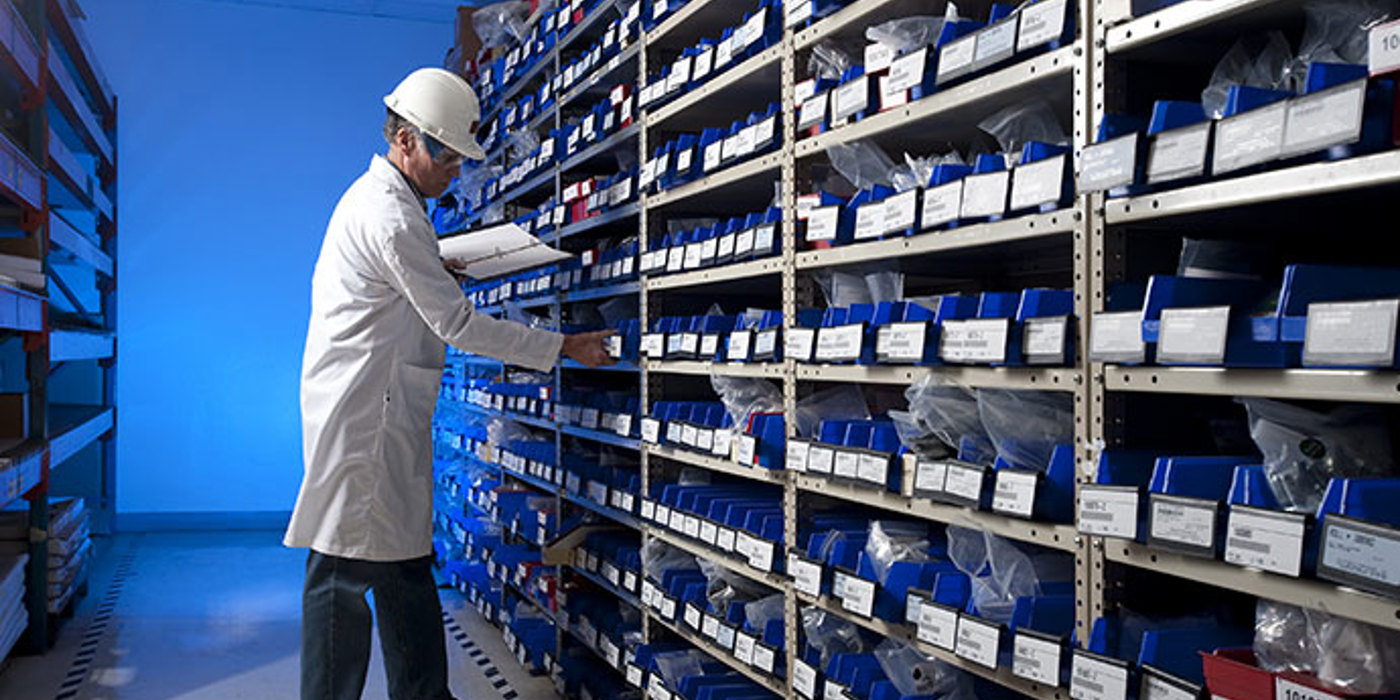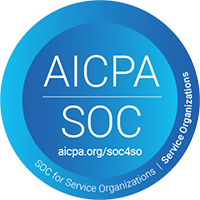How to Manage Consigned Inventory - 3 Best Practices for Distributors and their Customers

It’s an uncomfortable fact – managing consigned inventory at a customer’s location can be challenging.
Your customer may have great intentions, but, nevertheless, they don’t always treat your inventory as if it’s their own. For this reason, many distributors resist offering consigned inventory, which requires the customer to pay for items as they are consumed. That means inventory can sit in a customer’s warehouse for weeks or even months before the customer is billed for it, tying up a distributor’s cash and leaving the fate of some of that inventory to chance, if not tracked properly.
Many distributors have been reluctant to wade into the waters of consigned inventory. Many consider consigned inventory a loss leader, putting inventory on site with the hope of gaining project or Capex business. But in fact, sales of consigned inventory and your Capex business can grow. The key is executing and managing consigned inventory correctly.
"Where eTurns has saved me the most money is that it lets me give my inventory back to my vendors at the end of every job because it provides accurate consignment usage reporting that my vendors and I can trust. We really value getting consignment inventory from our vendors, and I don't see how that could be possible without eTurns,”
– Jason Barron from M&L Electrical, an electrical contractor.
Here are three best practices eTurns has found work well to minimize the risks inherent with consignment:
Choose the Right Customers
Consignment is not right for every customer. But offering it to the right customers can provide you with a huge competitive advantage – and serve as a significant benefit to both your customer and to your organization. After all, Amazon Business, for example, can’t provide consigned inventory.
Your biggest customers fall into this bucket. But the bulk of your customers aren’t your biggest. For your mid-sized accounts, the wisdom of offering consigned inventory depends on the price you can get relative to your carrying cost. If your customer is willing to pay a little more, it works. Also consider potential increases in customer spend in your calculations. eTurns has found that when distributors offer consigned inventory and manage it with an automated replenishment mobile app, same-customer revenues can increase by up to 30%.
Choose the Right Material
Once you’ve got the right customer for consigned inventory, make sure you and that customer work together to choose the right material. Having the wrong bill of material could lead to over investment in inventory and increased product returns. It is important to get feedback on what the right material is from the actual field reps using the material.
Customers today are focusing more on how much time it takes to procure the material; they want to lessen the amount of time spent away from the job site. Having consigned inventory in stock on site means those distributors’ products will be used first. Distributors can use this as leverage in strengthening their partnership because both are now invested in the success of the program. Distributors we work with have found that by having consigned inventory onsite, they are top of mind when customers need to choose a supplier for a more lucrative capex project.
Leverage Technology to Track Usage and Bill Consigned Inventory Accurately
Many distributors try to manage consigned inventory manually – they’ll have a salesperson physically go to the customer’s facility with a clipboard and a piece of paper. Aside from using up the salesperson’s valuable time, this system is highly inefficient. First, when consigned inventory management is done manually there are too many people touching the process – which creates too many opportunities for error. A second problem: By the time that salesperson gets back with her handwritten figures, there is a good chance those numbers are already out-of-date.
With an automated inventory replenishment app, such as eTurns TrackStock, inventory counts are conducted with a easy-to-use mobile app with barcode scanning. Both the distributor and customer have real-time access to inventory usage information. When inventory arrives, and when it goes out – it’s all tracked with the app and updated automatically. Users set min/max levels and suggested orders are created automatically. Invoices are consolidated back to the distributor, as well as digitized, saving everyone money. There are no delays in shipping, and very little risk of a stockout.
Using technology to manage the consigned-inventory process also increases accountability at the customer location, providing greater peace of mind for the distributor.
Consigned inventory should be a differentiator for distributors, as well as a profitable investment in their customer relationships. If you’re not talking about offering consignment, your competitors are. There has never been a better time to get up to speed and make consignment work for you, and your customers.



